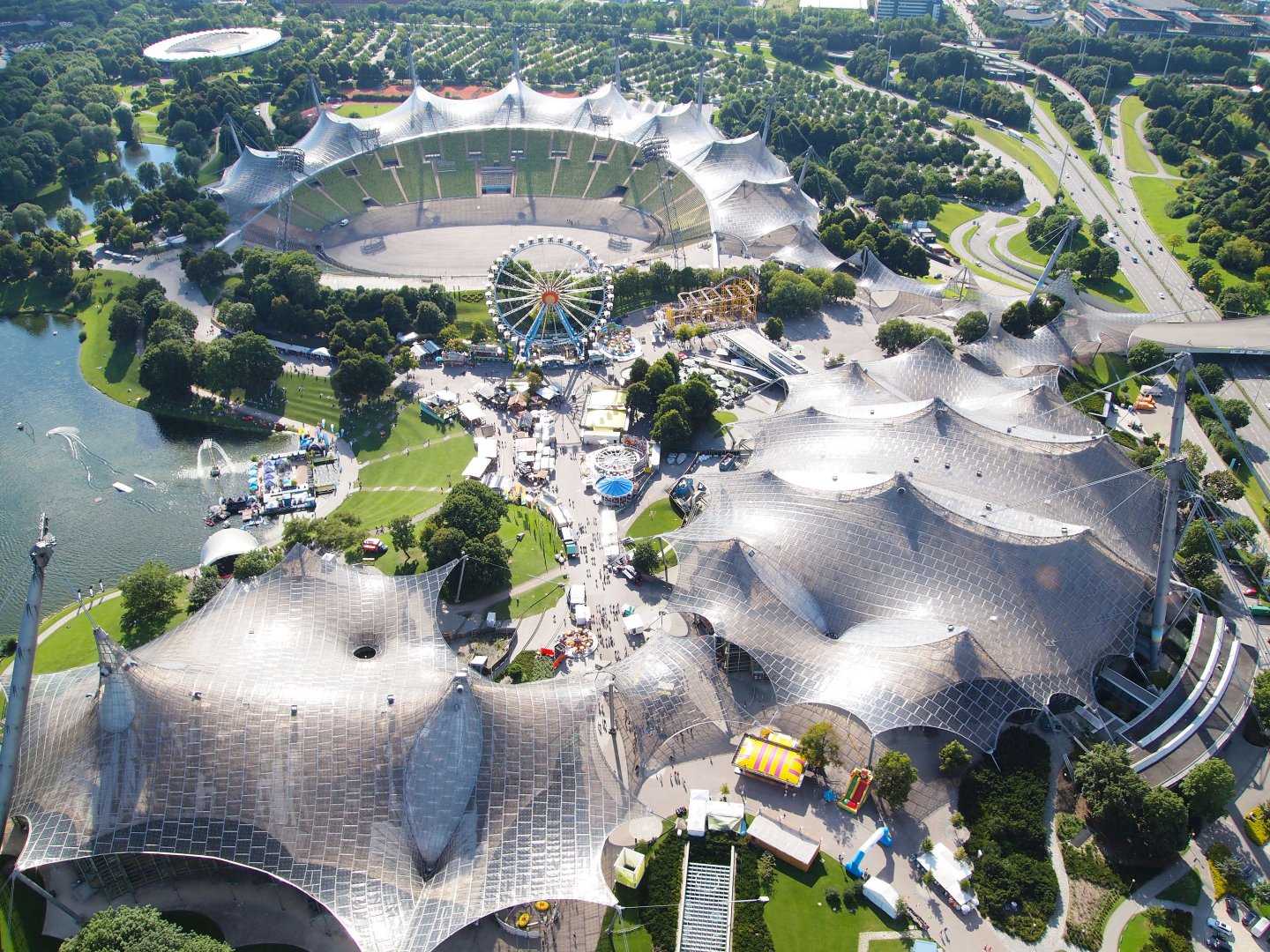
Application of nonlinear constitutive and yield models in the design of ETFE cladding elements
Please login to view abstract download link
ETFE is a stiff, ductile and recyclable polymer employed in membrane structures as a tensioned foil or shaped into inflated cushions. Although the material's mechanical properties strongly depend on both time and temperature effects, the lack of a comprehensive understanding of the mutual influence of these variables prevents an optimal design and wider exploitation of ETFE in sustainable lightweight construction. In this contribution, the authors designed typical ETFE membrane applications, single tensioned foils and pneumatic cushions, comparing the results obtained with the provisions of the FprCEN/TS 19102:2023 and the results achieved within the LIGHTEN project. The latter includes the novel nonlinear viscoelastic constitutive model coupled with the new strain rate and temperature-dependent yield criterion and it is implemented in a UMAT subroutine for FE analysis. The comparison contains some assumptions on the load time profiles, integrated with the load conditions identified in the FprCEN/TS 19102:2023, and are necessary to make use of the LIGHTEN constitutive model: prestress, snow and wind load cases were considered, for SLS only. An additional study is performed on temperature variations. The results showed that the LIGHTEN constitutive law predicted higher yielding values for wind load cases while being more conservative in highly time-dependent behaviour, like the snow load case and the prestress relaxation of single-tensioned foils. The dimensional changes occurring due to temperature, both simulated and measured, were found to be a decisive factor in the serviceability of single-tensioned ETFE foils. This preliminary analysis sheds light on the advantages of adopting a nonlinear viscoelastic material model in the design accuracy, as well as highlighting the required prior assumptions. The paper produced useful indications and quantified parameters that could be conveniently integrated into the current design practice.

